Home>Furniture & Design>Bathroom Accessories>How Can I Unclog A Toilet Without A Plunger
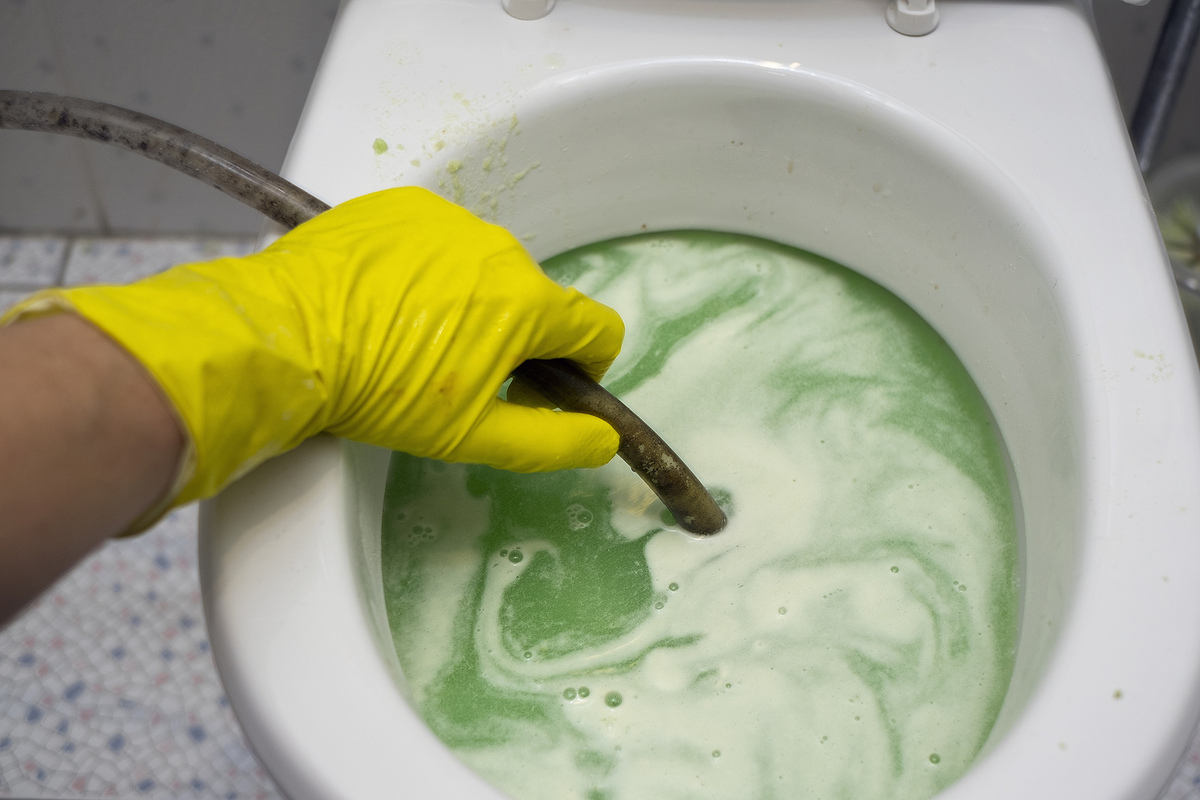

Bathroom Accessories
How Can I Unclog A Toilet Without A Plunger
Modified: March 2, 2024
Learn effective methods for unclogging a toilet without a plunger using common bathroom accessories. Keep your bathroom running smoothly with these simple solutions.
(Many of the links in this article redirect to a specific reviewed product. Your purchase of these products through affiliate links helps to generate commission for Storables.com, at no extra cost. Learn more)
Introduction
Dealing with a clogged toilet can be a frustrating and inconvenient experience. Whether it's caused by excessive toilet paper usage or an unintentional flush of items that should not be in the toilet, a clog can bring your daily routine to a halt. While a plunger is the go-to tool for unclogging a toilet, there are situations where a plunger may not be readily available. In such instances, it's essential to have alternative methods at your disposal to address the issue effectively.
In this article, we will explore several practical and innovative methods for unclogging a toilet without the use of a plunger. These methods utilize common household items and are designed to provide you with a solution when a plunger is not accessible. By following these techniques, you can tackle toilet clogs swiftly and efficiently, restoring the functionality of your bathroom without the need for professional assistance.
Whether you're facing a sudden clog or simply want to be prepared for unexpected situations, having a repertoire of unclogging methods can offer peace of mind and save you from potential stress. From utilizing hot water and dish soap to leveraging the power of baking soda and vinegar, each method presented here offers a unique approach to resolving toilet clogs without the reliance on a plunger.
By familiarizing yourself with these alternative methods, you can equip yourself with the knowledge and confidence to address toilet clogs effectively. With a proactive mindset and the right tools at your disposal, you can navigate through clogging incidents with ease, ensuring that your bathroom remains a functional and comfortable space for you and your household.
Key Takeaways:
- Don’t panic if you don’t have a plunger! Try using hot water and dish soap, baking soda and vinegar, or even a wire hanger to unclog your toilet. These simple household items can save the day.
- When a plunger is nowhere to be found, reach for Epsom salt and liquid soap, or a trusty toilet brush. These unconventional tools can effectively tackle toilet clogs and restore your bathroom’s functionality.
Read more: How To Unclog A Toilet Without A Plunger
Method 1: Hot Water and Dish Soap
When faced with a clogged toilet and lacking a plunger, the combination of hot water and dish soap can serve as a remarkably effective alternative. This method harnesses the power of heat and the grease-cutting properties of dish soap to break down the clog and facilitate its removal.
To initiate this process, begin by heating a pot or kettle of water on the stove or using a microwave-safe container in the microwave. The water should be hot but not boiling to avoid potential damage to the toilet bowl. While the water is heating, add a generous amount of dish soap to the toilet bowl. The dish soap acts as a lubricant and helps to break down the clog, making it easier to dislodge.
Once the water is sufficiently heated, carefully pour it into the toilet bowl from a moderate height. The force and temperature of the hot water, combined with the dish soap, work to soften and disintegrate the clog. Allow the solution to sit for several minutes to maximize its effectiveness.
After the waiting period, attempt to flush the toilet. In many cases, the clog will have dissipated, allowing the water to flow freely and restore normal functionality to the toilet. If the clog persists, repeat the process or consider trying an alternative method to address the issue.
The hot water and dish soap method offers a simple yet powerful approach to unclogging a toilet without a plunger. By leveraging the heat and cleaning properties of the dish soap, this technique can effectively tackle common toilet clogs, providing a practical solution in situations where a plunger is not readily available.
By incorporating this method into your repertoire of unclogging techniques, you can confidently address toilet clogs and maintain the smooth operation of your bathroom. With its accessibility and proven effectiveness, the hot water and dish soap method stands as a valuable tool in your efforts to keep your bathroom functional and free from the disruptions caused by clogs.
Method 2: Baking Soda and Vinegar
When facing a stubborn toilet clog without a plunger, the combination of baking soda and vinegar offers a natural and chemical-free approach to resolving the issue. This method harnesses the powerful reaction between these two household ingredients to break down the clog and restore the flow of water in the toilet.
To initiate this process, start by pouring one cup of baking soda into the toilet bowl. Ensure that the baking soda is distributed evenly across the surface of the water. Baking soda, also known as sodium bicarbonate, possesses mild abrasive properties that can help dislodge the clog while neutralizing odors in the toilet.
Following the addition of baking soda, pour two cups of vinegar into the toilet bowl. The vinegar, typically white distilled vinegar, reacts with the baking soda to create a foaming action. This foaming action helps to break down the clog and clear the passageway, allowing water to flow freely once again.
Allow the mixture of baking soda and vinegar to sit in the toilet bowl for at least 30 minutes. During this time, the chemical reaction between the two ingredients works to dissolve the clog and loosen any debris that may be obstructing the drain.
After the waiting period, attempt to flush the toilet. The foaming action created by the baking soda and vinegar mixture, along with their combined cleaning properties, can often dislodge the clog and restore proper flushing functionality to the toilet.
If the clog persists after the initial attempt, consider repeating the process or combining this method with other unclogging techniques to address the issue comprehensively.
The baking soda and vinegar method offers a natural and environmentally friendly approach to unclogging a toilet without the use of a plunger. By leveraging the chemical reaction between these two common household items, this technique provides an effective solution for addressing toilet clogs and restoring the functionality of the toilet.
Incorporating the baking soda and vinegar method into your repertoire of unclogging techniques equips you with a versatile and eco-friendly approach to maintaining a smoothly functioning bathroom. With its accessibility and proven effectiveness, this method stands as a valuable tool in your efforts to keep your bathroom free from the disruptions caused by clogs.
Try pouring hot water and dish soap into the toilet to help break up the clog. Let it sit for a few minutes, then flush to see if the clog has cleared.
Method 3: Epsom Salt and Liquid Soap
When confronted with a challenging toilet clog and lacking a plunger, the combination of Epsom salt and liquid soap presents a unique and effective method for addressing the issue. This innovative approach harnesses the properties of Epsom salt, also known as magnesium sulfate, and the cleaning abilities of liquid soap to break down the clog and restore the proper flow of water in the toilet.
To initiate this method, begin by pouring a generous amount of Epsom salt into the toilet bowl. Epsom salt, renowned for its versatility and numerous household applications, possesses natural abrasive properties that can aid in dislodging the clog while promoting the breakdown of organic matter within the drain.
Following the addition of Epsom salt, introduce liquid soap into the toilet bowl. The liquid soap, preferably a mild and biodegradable variant, serves as a lubricant and aids in breaking down the clog, making it easier to dislodge and clear from the drain. The combination of Epsom salt and liquid soap creates a synergistic effect, enhancing the effectiveness of this unclogging method.
Allow the mixture of Epsom salt and liquid soap to sit in the toilet bowl for approximately 20-30 minutes. During this time, the abrasive properties of the Epsom salt and the cleaning action of the liquid soap work in tandem to disintegrate the clog and facilitate its removal from the drain.
After the waiting period, attempt to flush the toilet. The combined action of Epsom salt and liquid soap often results in the successful dislodging of the clog, allowing water to flow freely and restoring the proper functionality of the toilet. If the clog persists, consider repeating the process or combining this method with other unclogging techniques to comprehensively address the issue.
The Epsom salt and liquid soap method offers a natural and innovative approach to unclogging a toilet without the use of a plunger. By leveraging the unique properties of these household items, this technique provides an effective solution for addressing toilet clogs and ensuring the smooth operation of the toilet.
Incorporating the Epsom salt and liquid soap method into your repertoire of unclogging techniques equips you with a versatile and environmentally friendly approach to maintaining a smoothly functioning bathroom. With its accessibility and proven effectiveness, this method stands as a valuable tool in your efforts to keep your bathroom free from the disruptions caused by clogs.
Method 4: Wire Hanger
When faced with a stubborn toilet clog and lacking a plunger, a simple wire hanger can serve as a surprisingly effective tool for resolving the issue. This method leverages the flexibility and malleability of a wire hanger to dislodge the clog and restore the proper flow of water in the toilet.
To initiate this method, begin by unraveling a wire hanger to create a straight, elongated tool that can reach into the toilet drain. It's important to ensure that the wire hanger is free from any sharp edges or protrusions that could potentially damage the toilet bowl or the plumbing system.
Once the wire hanger is prepared, carefully insert it into the toilet drain, maneuvering it in a gentle and controlled manner to avoid causing any damage. Use a probing and twisting motion to navigate the hanger through the drain, aiming to dislodge and break apart the clog that is obstructing the flow of water.
As the wire hanger reaches the clog, apply gentle pressure and maneuver it in a circular motion to help break apart the obstruction. The flexibility of the wire hanger allows it to navigate through the curves and bends of the toilet drain, making it an ideal tool for addressing clogs in hard-to-reach areas.
After maneuvering the wire hanger within the drain, attempt to flush the toilet. In many cases, the dislodging and breaking apart of the clog will allow the water to flow freely once again, restoring the proper functionality of the toilet. If the clog persists, consider repeating the process or combining this method with other unclogging techniques to comprehensively address the issue.
The wire hanger method offers a straightforward and practical approach to unclogging a toilet without the use of a plunger. By utilizing a common household item in a resourceful manner, this technique provides an effective solution for addressing toilet clogs and ensuring the smooth operation of the toilet.
Incorporating the wire hanger method into your repertoire of unclogging techniques equips you with a versatile and accessible approach to maintaining a smoothly functioning bathroom. With its simplicity and proven effectiveness, this method stands as a valuable tool in your efforts to keep your bathroom free from the disruptions caused by clogs.
Read more: How To Unclog Toilet Without Plunger
Method 5: Toilet Brush
When faced with a challenging toilet clog and lacking a plunger, the humble toilet brush can serve as a surprisingly effective tool for resolving the issue. This method leverages the design and functionality of a toilet brush to dislodge the clog and restore the proper flow of water in the toilet.
To initiate this method, begin by ensuring that the toilet brush is clean and free from any debris or residue. It's essential to use a toilet brush that is specifically designated for this purpose, as it will be in direct contact with the toilet bowl and the clog.
Once the toilet brush is prepared, carefully insert it into the toilet drain, maneuvering it in a gentle and controlled manner to avoid causing any damage. Use a probing and twisting motion to navigate the brush through the drain, aiming to dislodge and break apart the clog that is obstructing the flow of water.
As the toilet brush reaches the clog, apply gentle pressure and maneuver it in a circular motion to help break apart the obstruction. The bristles of the toilet brush can effectively grip and dislodge the clog, allowing water to flow freely once again.
After maneuvering the toilet brush within the drain, attempt to flush the toilet. In many cases, the dislodging and breaking apart of the clog will allow the water to flow freely, restoring the proper functionality of the toilet. If the clog persists, consider repeating the process or combining this method with other unclogging techniques to comprehensively address the issue.
The toilet brush method offers a practical and readily available approach to unclogging a toilet without the use of a plunger. By utilizing a common household item in a resourceful manner, this technique provides an effective solution for addressing toilet clogs and ensuring the smooth operation of the toilet.
Incorporating the toilet brush method into your repertoire of unclogging techniques equips you with a versatile and accessible approach to maintaining a smoothly functioning bathroom. With its simplicity and proven effectiveness, this method stands as a valuable tool in your efforts to keep your bathroom free from the disruptions caused by clogs.
Frequently Asked Questions about How Can I Unclog A Toilet Without A Plunger
Was this page helpful?
At Storables.com, we guarantee accurate and reliable information. Our content, validated by Expert Board Contributors, is crafted following stringent Editorial Policies. We're committed to providing you with well-researched, expert-backed insights for all your informational needs.
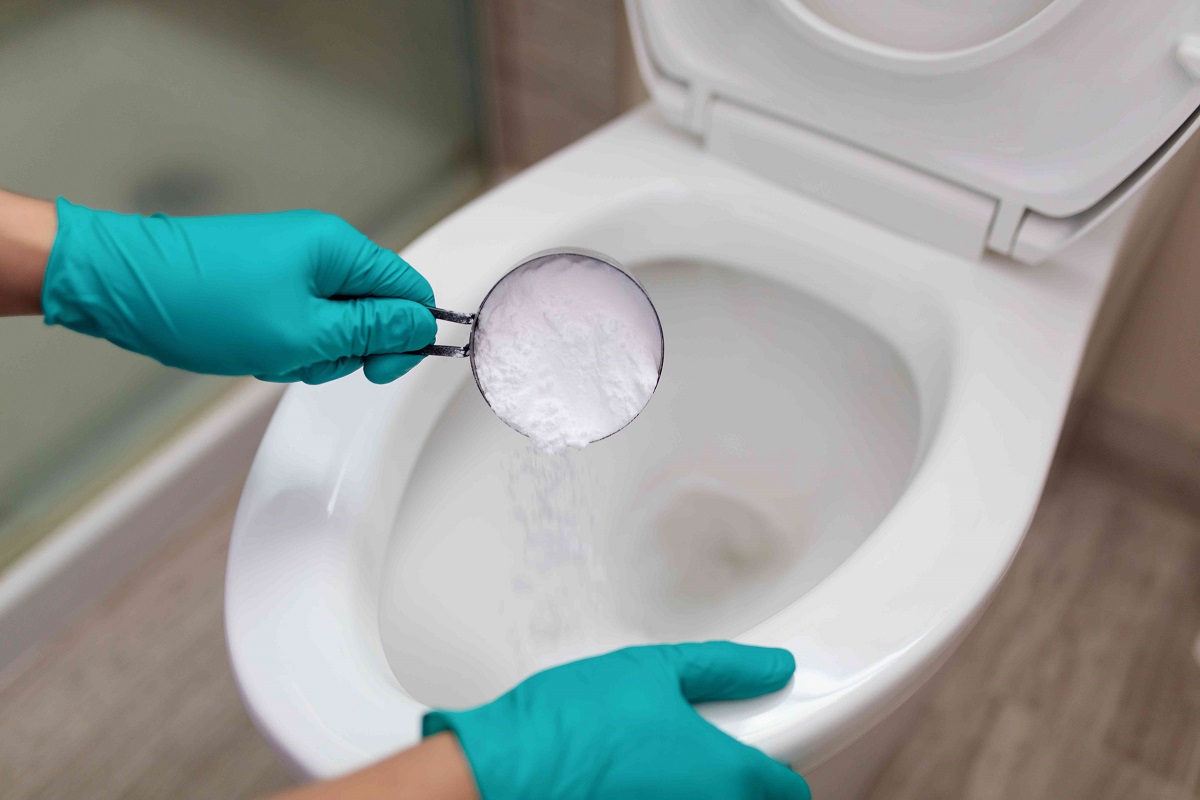
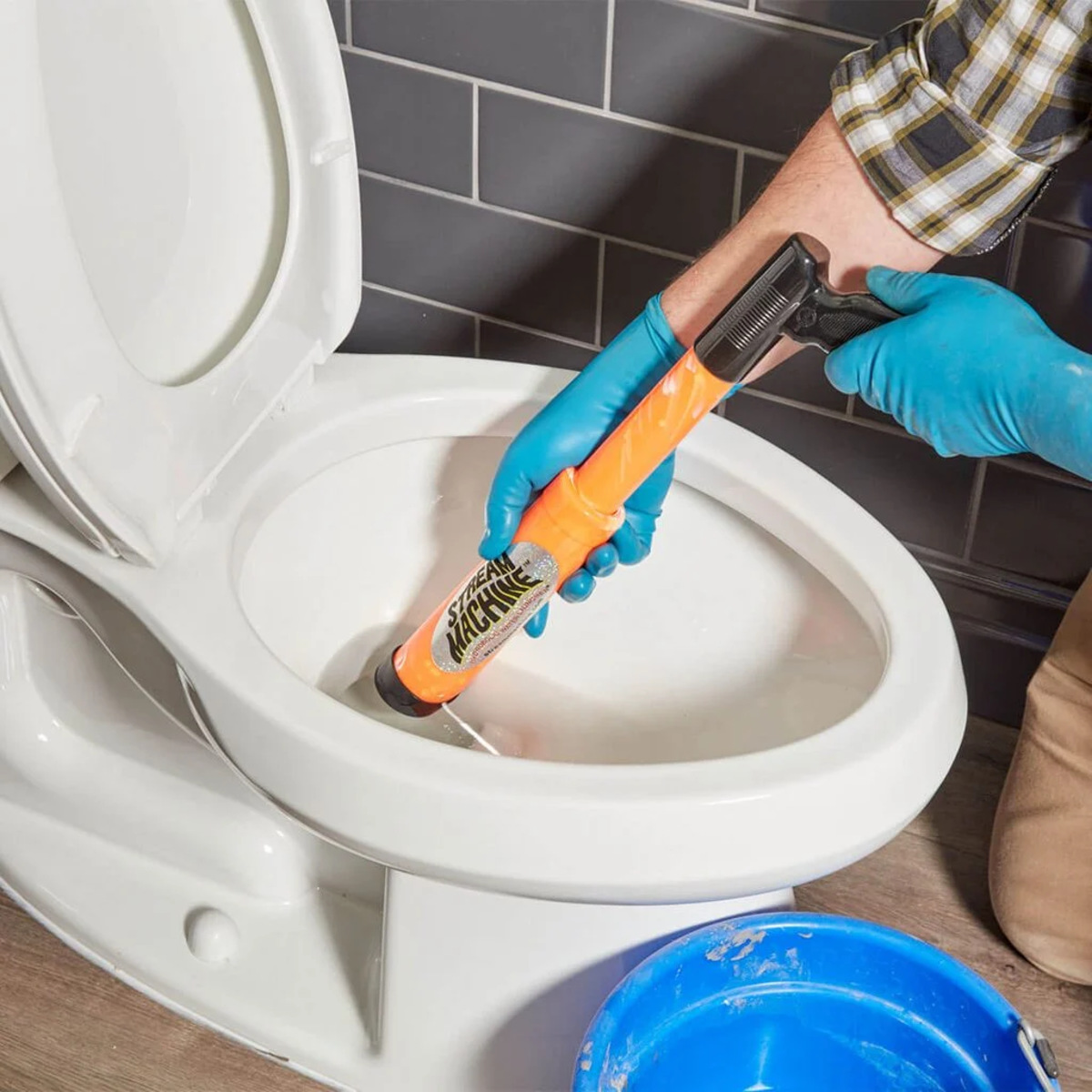
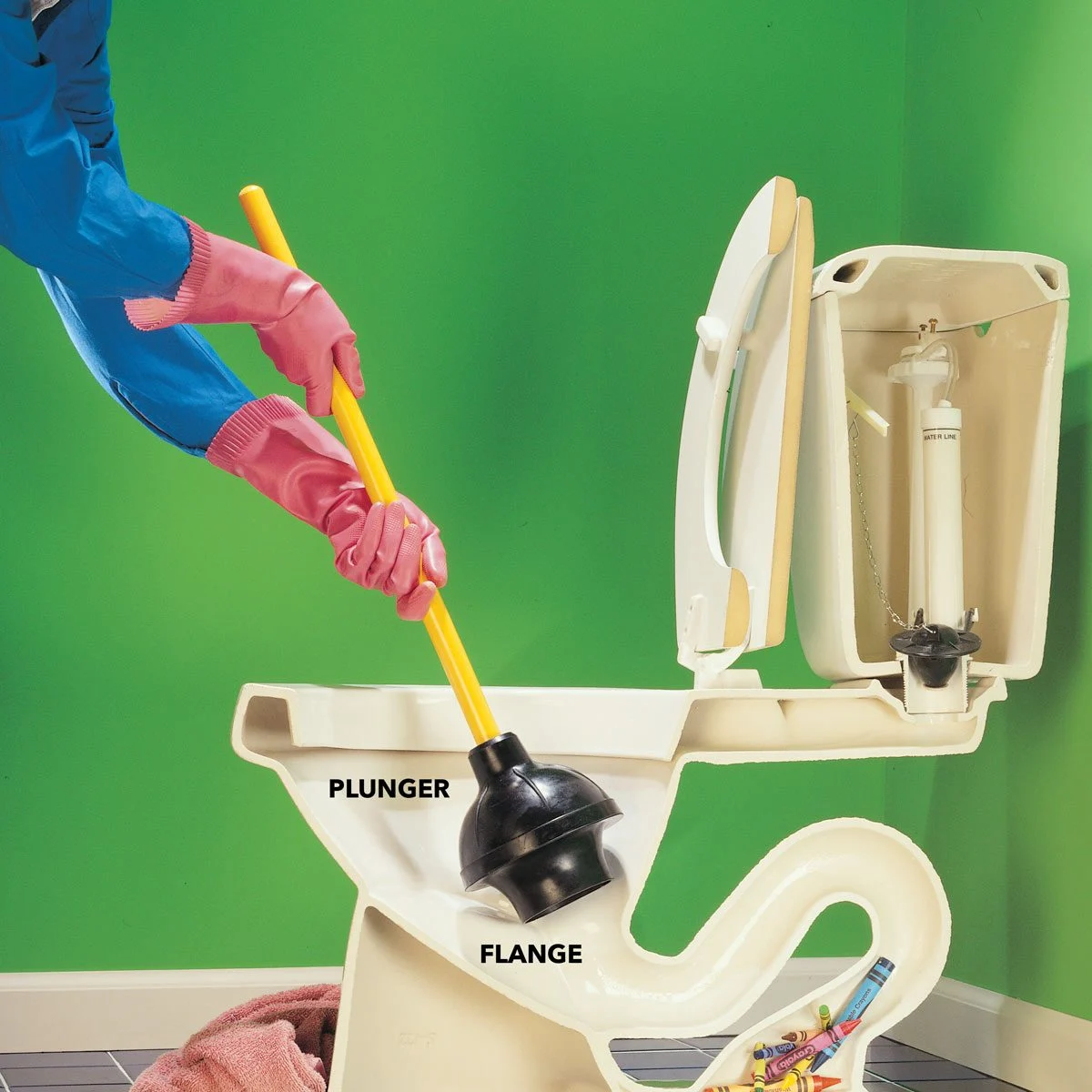
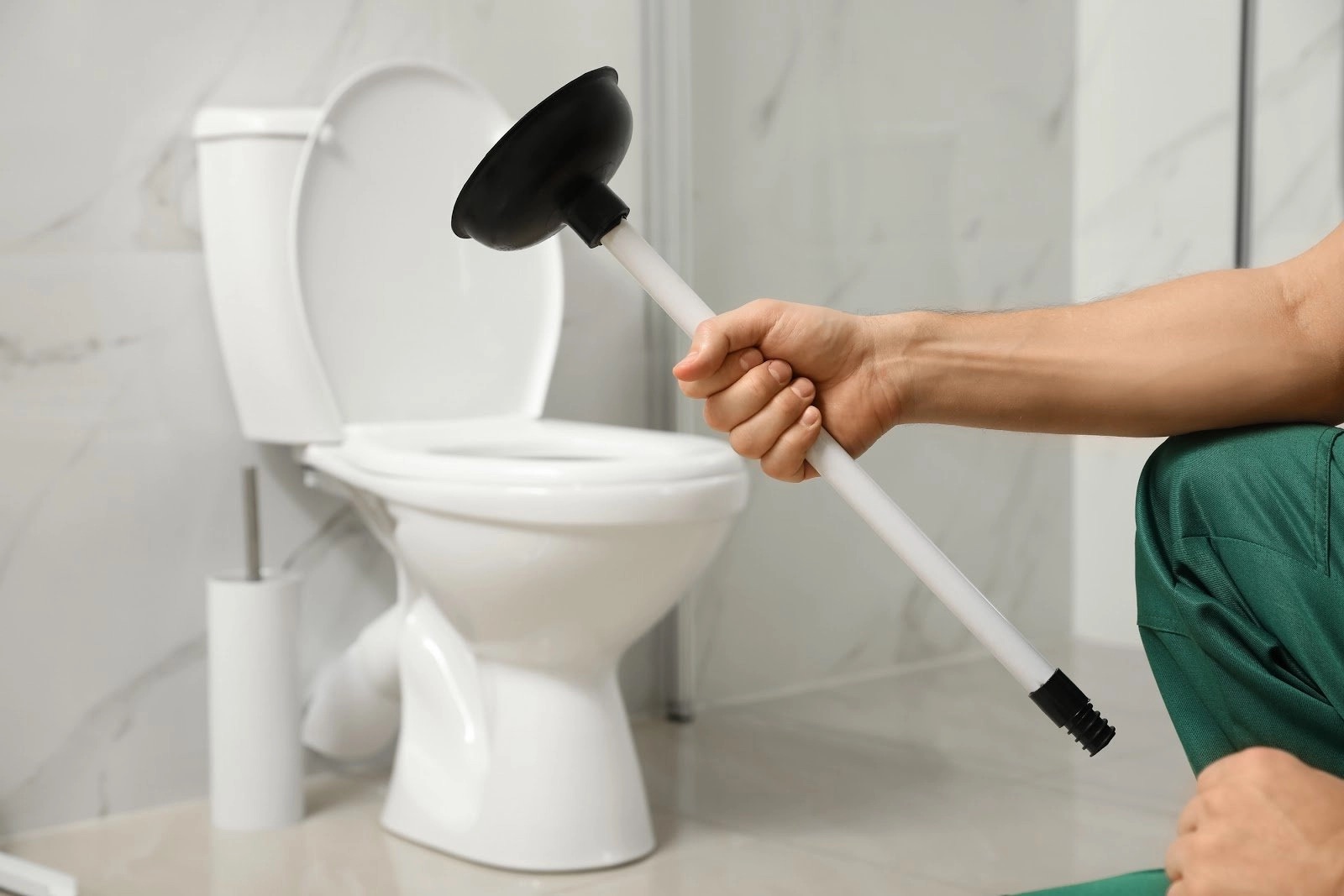
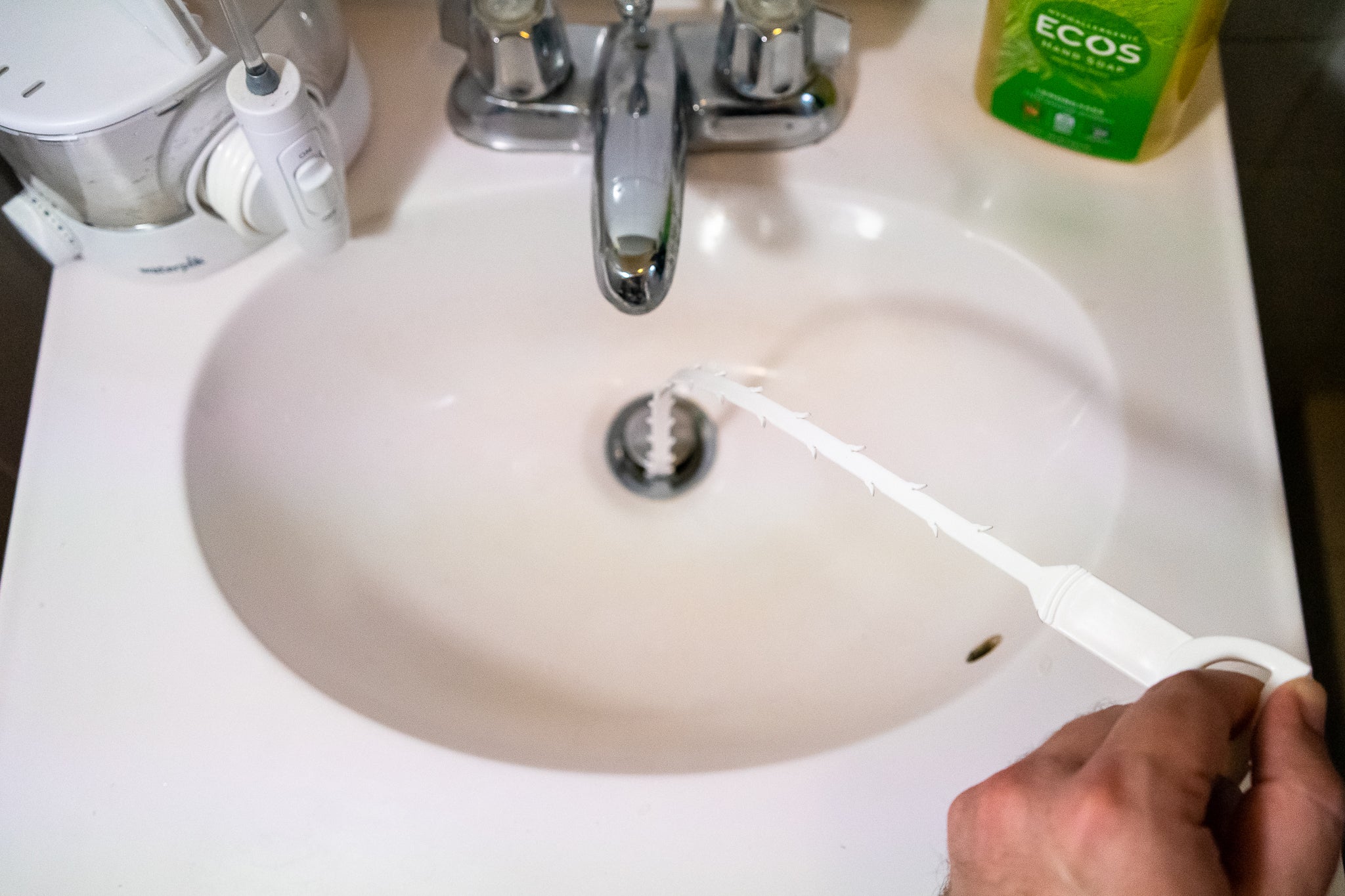
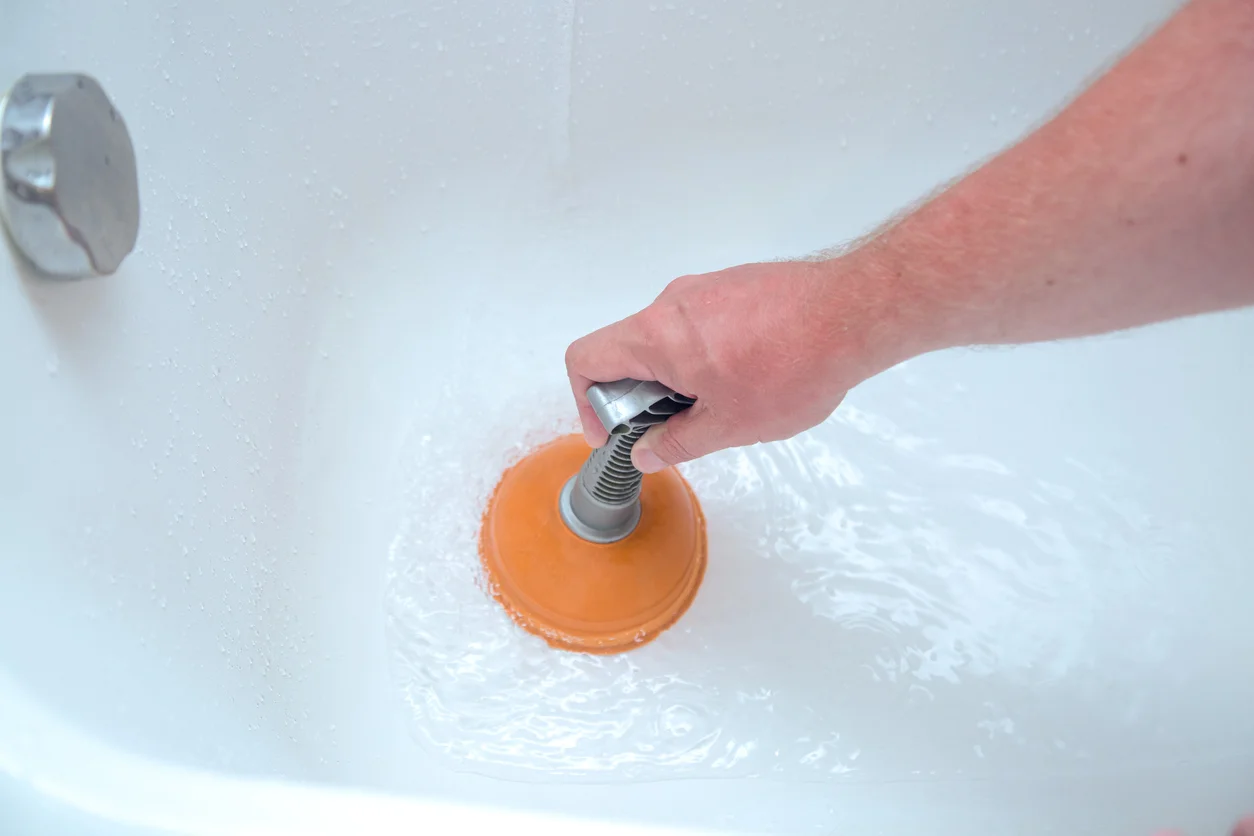
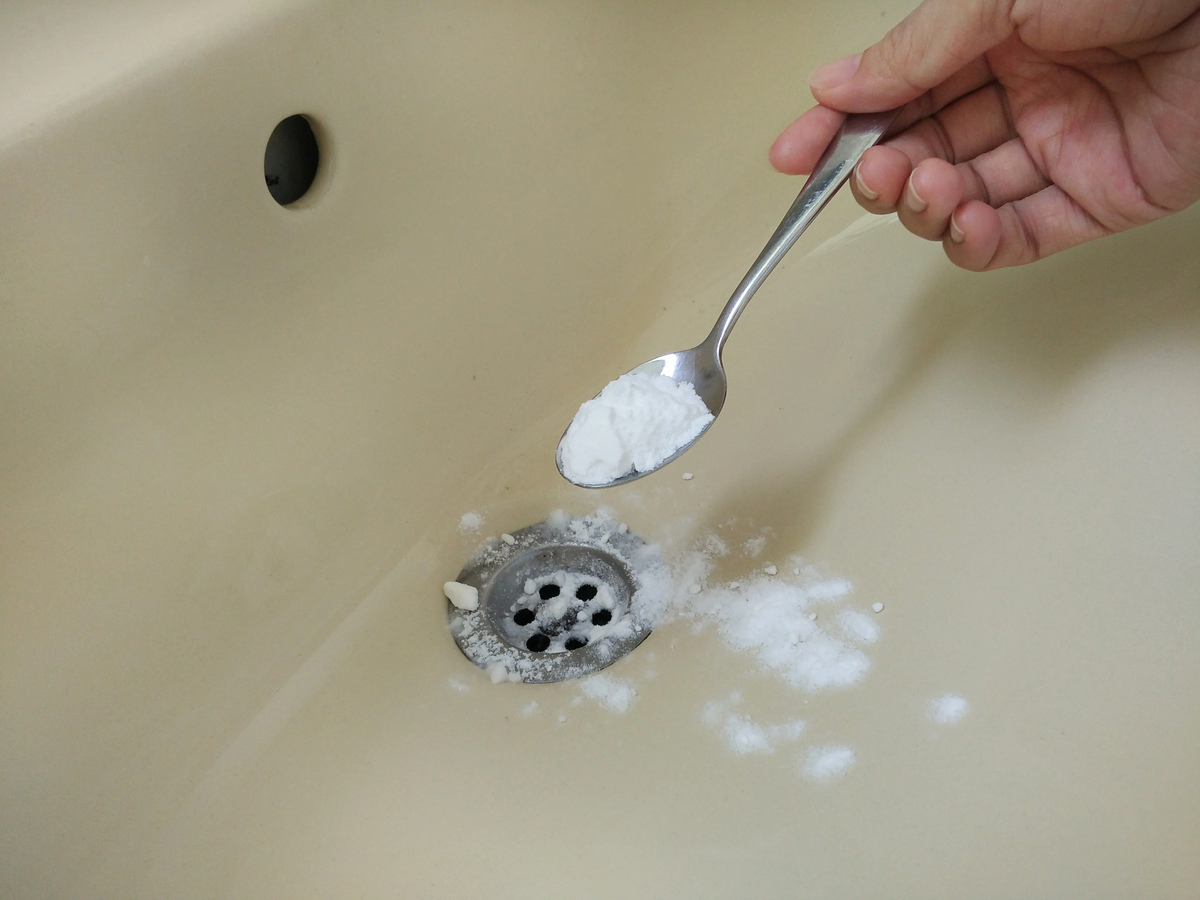
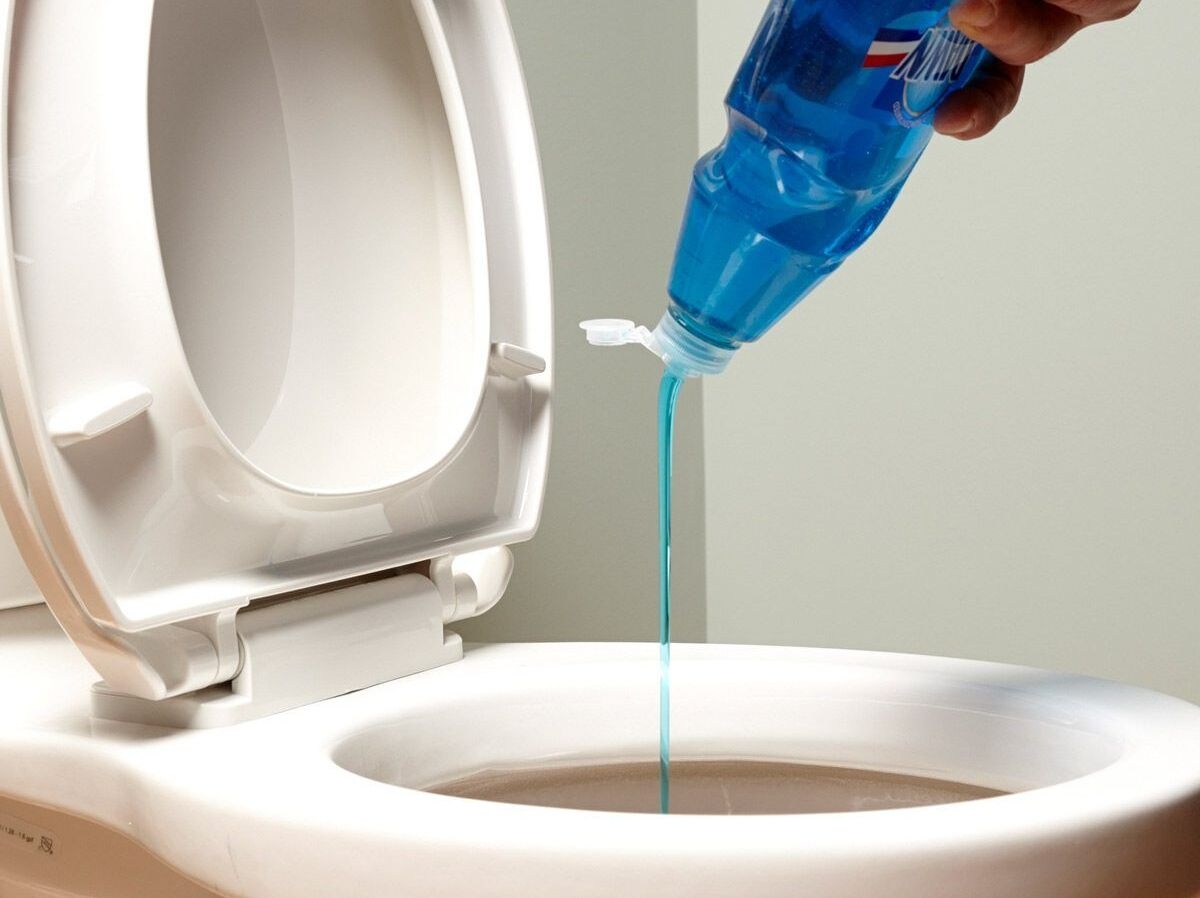
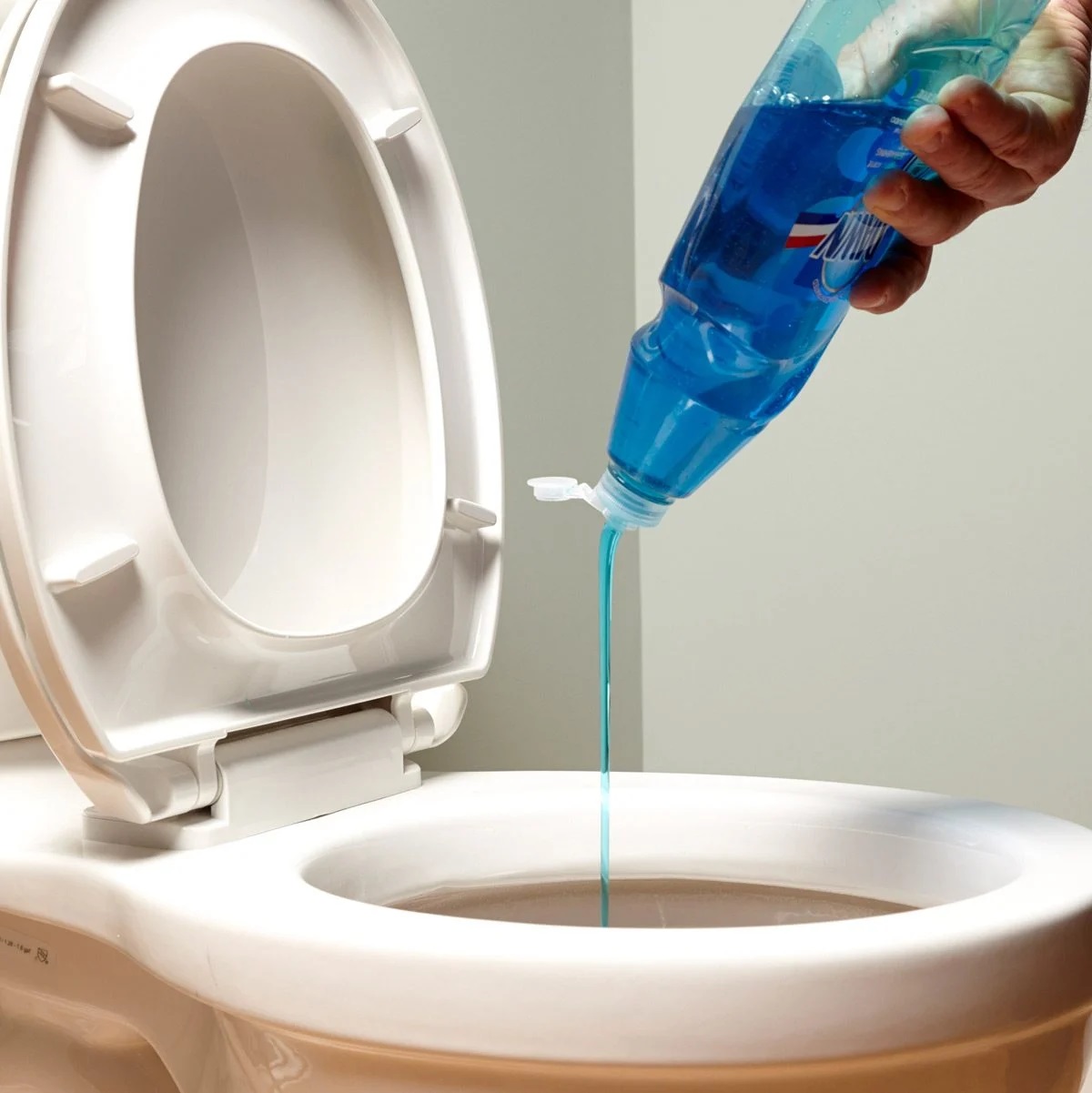
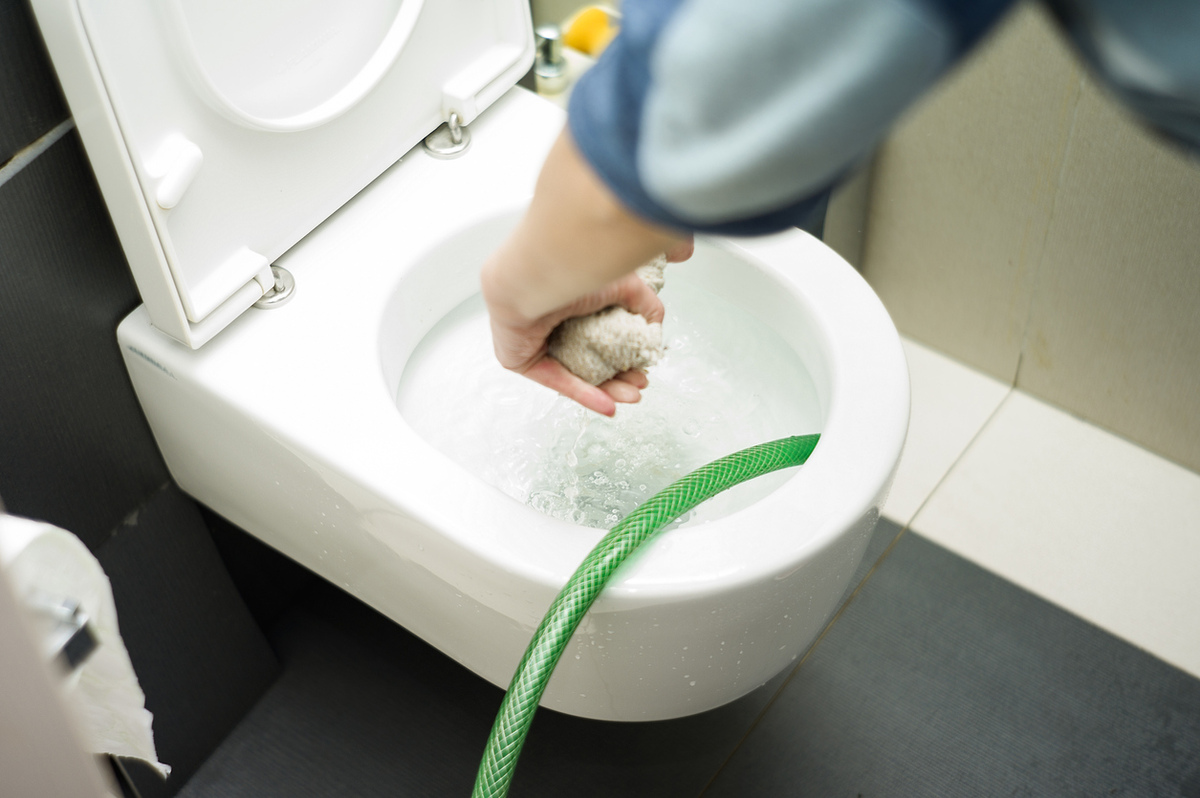
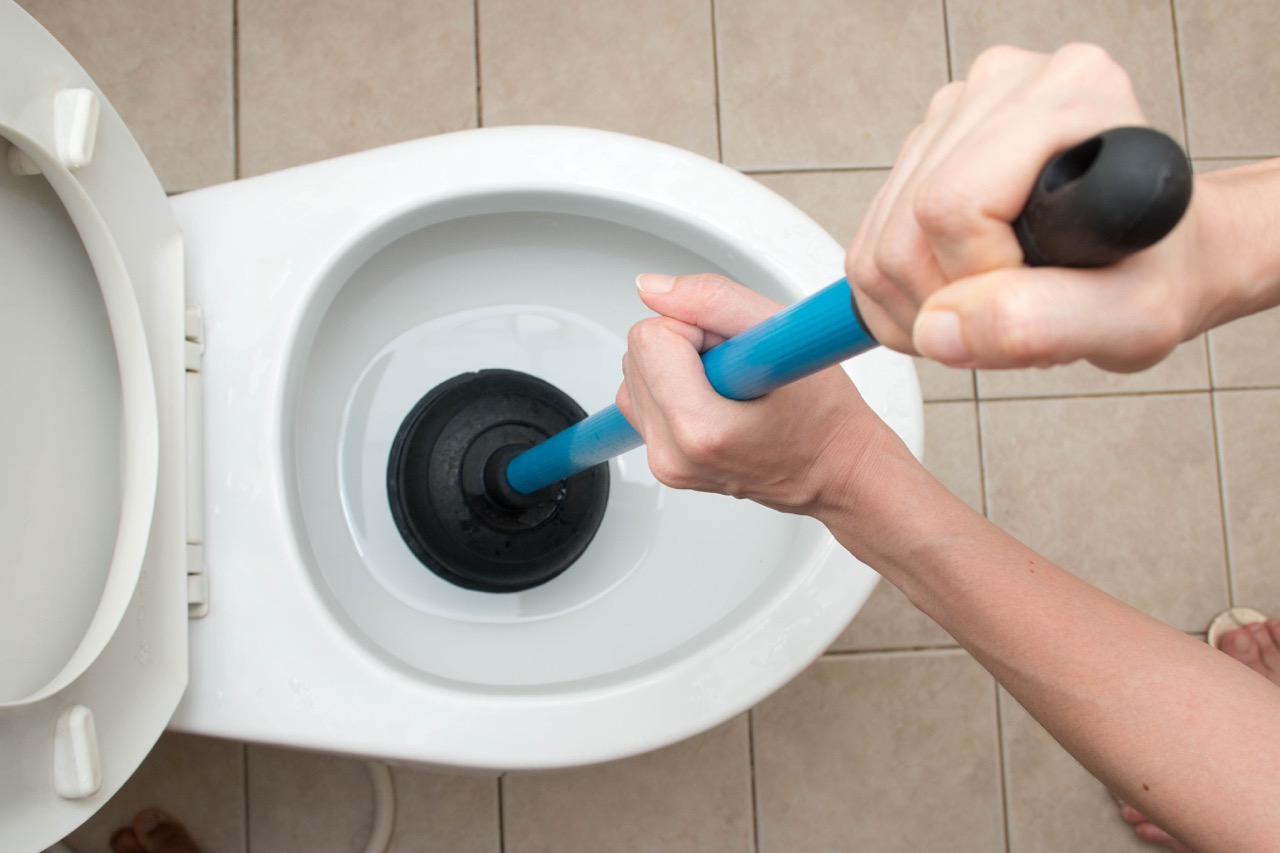
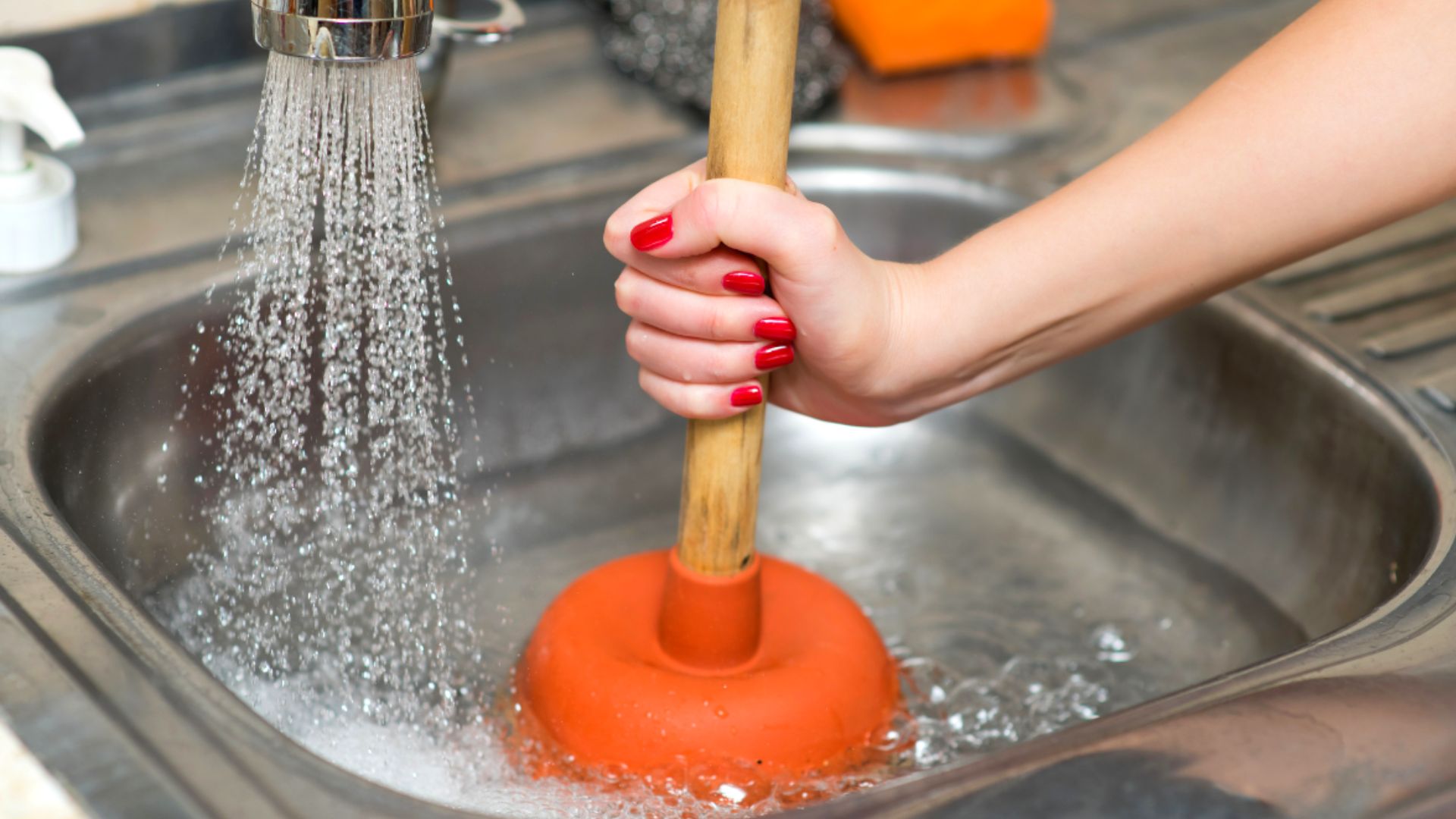
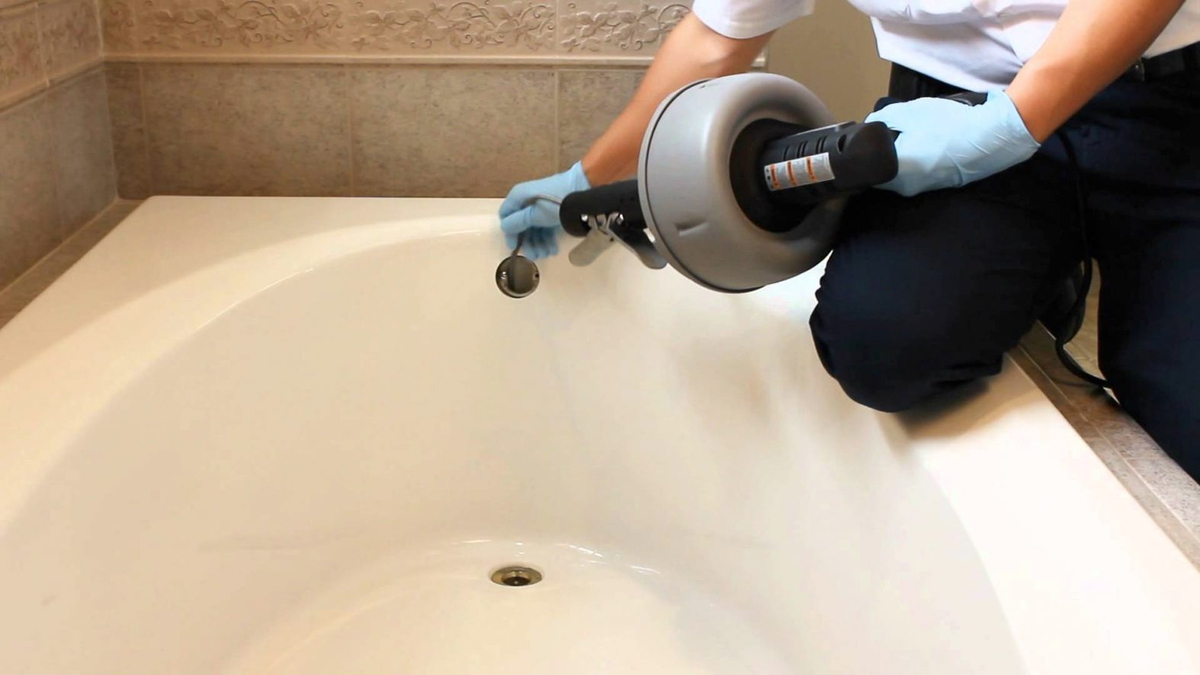
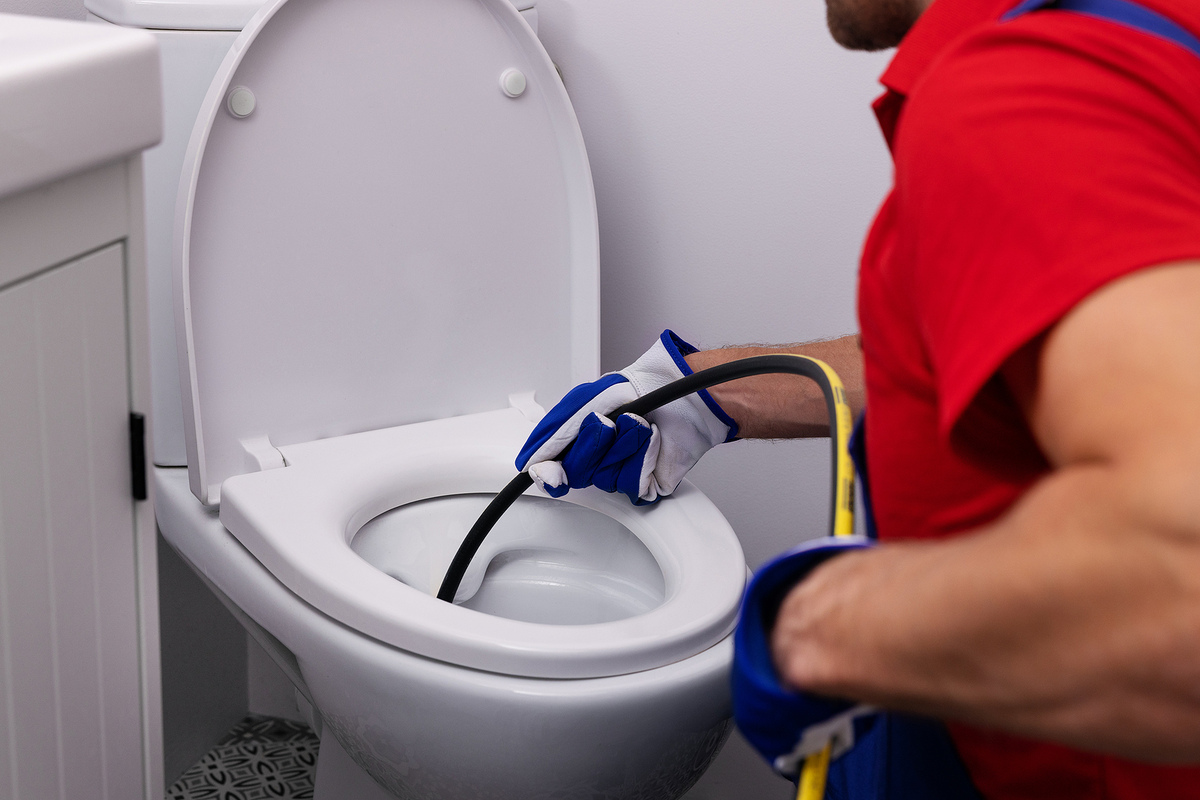

0 thoughts on “How Can I Unclog A Toilet Without A Plunger”